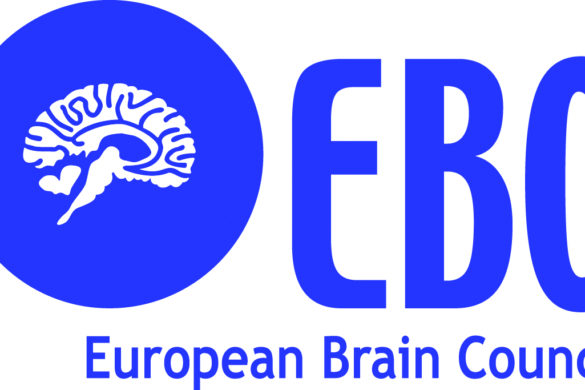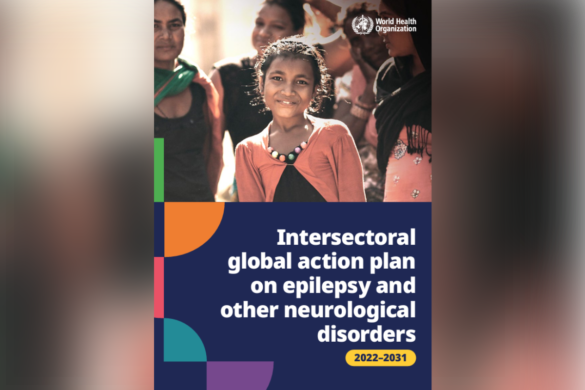
by Martin Rakusa
Societal Impact of Pain (SIP) is an international multi-stakeholder platform. Its long-term priorities are pain indicators, pain education, pain in employment, and pain research. This year traditional SIP Stakeholder Forum was on October 28th, 2020. Due to COVID-19 pandemic, the forum was virtual.
Brona Fullen, president of the European Pain Federation (EFIC) and Joop Van Griensven, president of the Pain Alliance Europe (PAE) opened the forum.
Meeting began with the Roundtable of Forum attendee activities in 2020. Before the meeting, all stakeholders completed a survey and provide their opinions on areas of interest in the long and short term, opportunities for collaboration with other stakeholders at a European level and what SIP should improve in the future. Results of the survey demonstrated that members of the SIP would work on Europe’s Beating Cancer Plan, in the MEP Interest Group on Brain Mind and Pain, and the implications of COVID on practice. As a long term project, SIP can work together with the European Code of Cancer Practice across Europe in Europe’s Beating Cancer Plan. SIP should also take several different approaches to make the pain more visible in the eyes of the European Commission and Parliament.
However, COVID-19 pandemic may have a significant impact on the plans, and not all project would be feasible in the short term. On the other hand, pandemic also pushed forward new medical tools. One of those is telemedicine, which was also discussed a few weeks before during the annual Pain Forum meeting. Telemedicine and e-Health can be a topic for further collaborations with other stakeholders. SIP can take the initiative to prepare guidelines, and present them to EU institutions.
In the 2021 and beyond (SIP aspirations for 2021+), SIP will focus on general and cancer pain policy, employment and social integration of pain patients, pain and digital medicine and supporting SIP’s National Networks. Delegates were also concerned due to impact of COVID-19. The EAN representative informed all delegates on activities of the EANcore CoVID-19 task force and recently published papers (Moro et al. 2020; von Oertzen et al. 2020).
A question remains, how to revitalise health systems and to improve pain care. Delegates also agreed to search for data on the impact of the shift to teleworking as a result of COVID-19. Such data may be useful to prepare flexible work policies for pain patients.
Next on the agenda was European horizon scanning. After an introduction on the political priorities, delegates discussed potential collaboration in the next year. SIP could interact more with patients’ organisations and consider pain as a common denominator. Collaborating with several patient associations could increase political interest in pain. One such organisation is the European Chronic Disease Alliance (ECDA). SIP will also focus its activities on the educational processes, workforce, and legislation. E.g. The European Social Pillar gathers all the existing legislation in a more comprehensive way, which than may be used to improve pain policy.
The second part of the meeting was dedicated to the National Platforms, which are an essential part of the SIP. Not only they prepare national programs, raise funds and influence political processes, they also share best practices at the EU level.
The SIP representatives from Mata, Portugal, Spain and the Finnish Pain Association had presented their activities in the past and plans for the next year. Although COVID-19 greatly impacted activities, they all continue with their professional projects. In Malta, they held policy training sessions for members and a workshop on both patients’ and doctors’ expectations concerning pain policies and care. In Portugal, they focused on national 2020 health strategy, promoting flexible working conditions, digital health, and on tools to monitor pain and social problems. An exciting initiative came from Spain, where they work on a survey to evaluate the relationship between pain and COVID-19.
Members of the national SIPs were also raising funds and searching for new partnerships with the private and public sectors. An essential part of activities is communication with the decision-makers. SIP Portugal had a success with the Portuguese Parliamentary Health Commission which include pain on their agenda. Besides, they offered to facilitate collaboration with the Portuguese Council Presidency.
In the end, delegates made several conclusions. SIP stakeholder will enhance their collaboration, and cancer pain will remain a significant priority. They will try to build stronger connections with broader chronic diseases coalitions, and consider the role of the European Social Pillar in discussions on the European Semester.
A question remains if digital medicine represents an opportunity or risk. Members of the SIP will evaluate their survey in the context of the post-COVID-19 reform of healthcare systems. Shortly, we may expect a SIP position paper on pain measurement and quality indicators. In conclusion, SIP will continue to organise meetings with policymakers, and with European umbrella, organisations to bring pain higher on the European health policy agenda.










